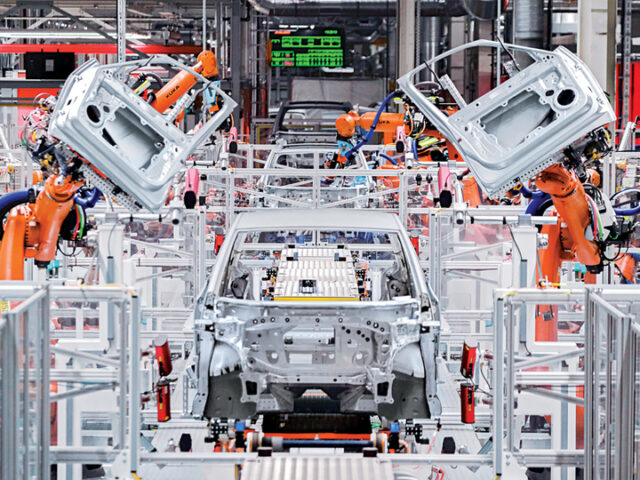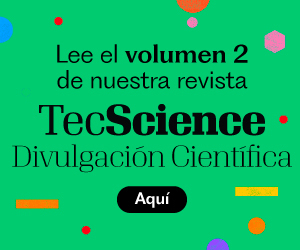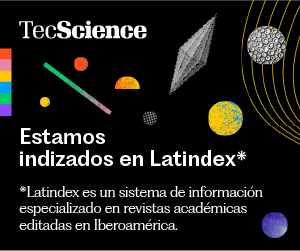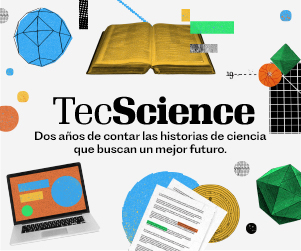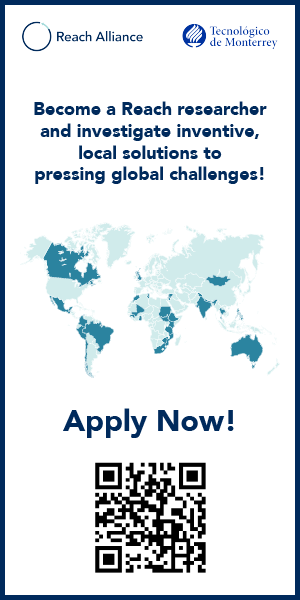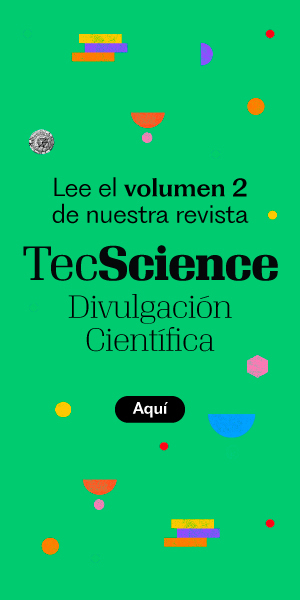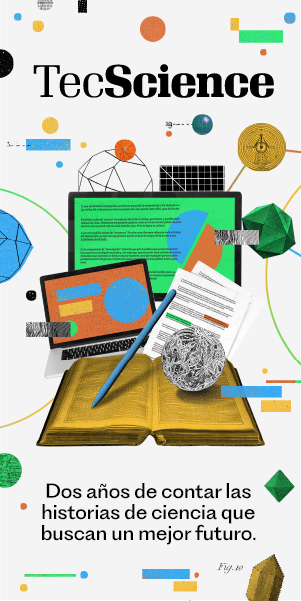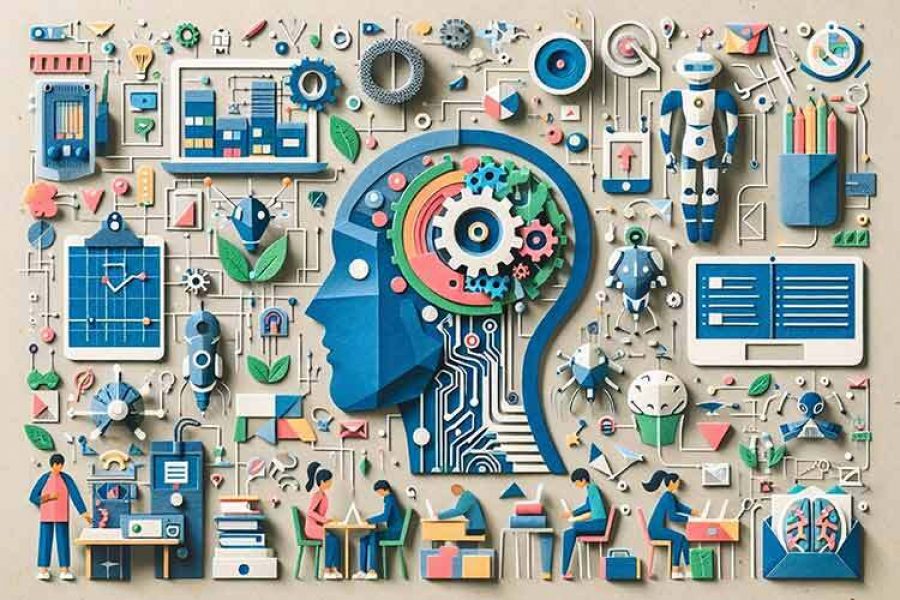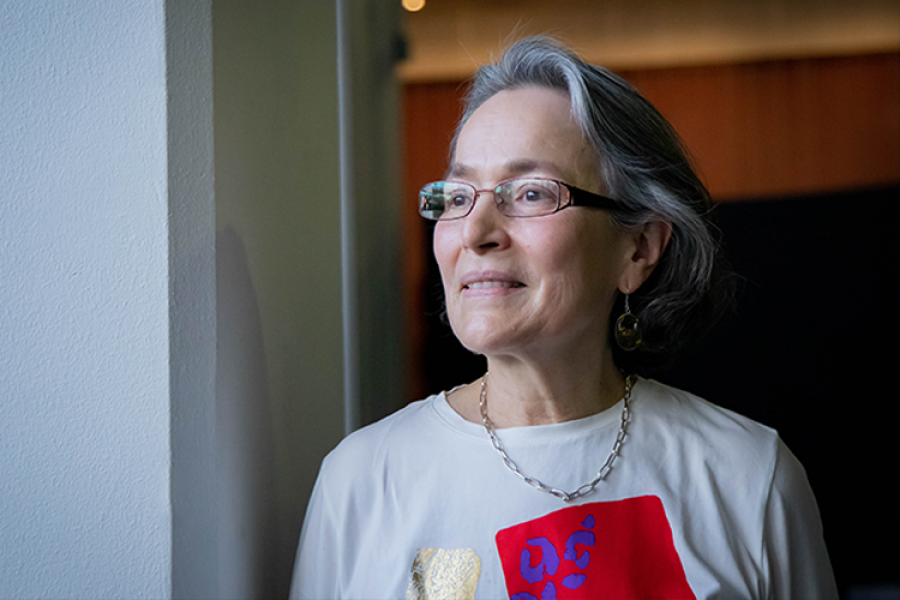“Thousands of years ago, humanity was one community, one people speaking the same language. Then, each one called to their neighbor and said, ‘Come, let us build a tower so high it reaches Paradise and make our names known.’ Then, God descended and made people speak different languages so that none could understand each other or collaborate in building the tower. They called that place ‘Babel,’ which means ‘confusion,'” my son tells me.
“That’s all I remember from that story,” he says, but then he recalls something. My son, with his characteristic divergent thinking, typical of Attention Deficit Hyperactivity Disorder (ADHD), pointed out something I had overlooked: “God failed in His attempt! God forgot something: mathematics.”
Yes! Mathematics is a universal language, a way to describe, model, and predict the behavior of the universe, a way to collaborate and build together. As the German mathematician David Hilbert said: “Mathematics knows no race or geographic boundaries; for mathematics, the cultural world is one country.”
This March 14th (3/14) marks International Mathematics Day or Pi Day, one of the most well-known mathematical constants in the world, which can be approximated as 3.14. That’s why, dear reader, I invite you to reconsider the implications behind Pi, π=3.14…
Most people think of Pi simply as the relationship between a circumference and its diameter; but it is a universal constant that appears in the movement of waves, the oscillation of pendulums, the probability of chance, signal analysis, and even quantum mechanics. It escapes an exact representation; it is an irrational and transcendental number. Pi reveals the intimacy between the known and the unknowable: understanding it is grasping infinity within the finite.
Moreover, Pi offers a glimpse into the wonder of mathematics itself. This sublime science is not merely the study of numbers, but the expression of the hidden structures within the universe.
Mathematics, like any other science, is constructive and communal. It has been built by great minds like Euclid, Archimedes, Newton, Euler, and Gauss; by lesser-known geniuses like Cantor, Hilbert, Ramanujan, Gödel, and Wiles; and by many mathematicians whose work has contributed to its knowledge and shared it for the benefit of humanity.
Technological Applications of Mathematics
Beyond abstract reasoning, mathematics also feeds and is propelled by its applications in technology. Throughout history, mathematical principles have allowed us to create technologies that have profoundly shaped human civilization.
For centuries, builders have used the Pythagorean triangle 3-4-5 to assemble perfect corners in magnificent architecture. Scribes (notaries) have applied Symbolic Logic to preserve knowledge and culture. Timekeepers and astronomers have enabled agriculture and the coordination of societies by developing periodic functions.
The Industrial Revolution was driven by the steam engine, which required the formalization of pressure-volume relationships. Even turning on a light bulb, as well as electricity, from its generation to its transformation, depends on calculus and differential equations.
Communication technologies have transformed human interaction, from the telegraph to mobile phones, and rely on Fourier Analysis, Digital Signal Processing, Probability, and Statistics.
Computers, a milestone in calculation, automation, simulation, and artificial intelligence, are based on Boolean Algebra and Discrete Mathematics. The Internet, which has enabled global connectivity, is built on graph theory and cryptography.
Space exploration, along with parallel technologies such as new materials, energy systems, and the Global Positioning System, has required not only differential equations but also numerical methods for precise orbital calculations. Additionally, the ongoing revolution in medicine, agriculture, and biotechnology, driven by Genetic Engineering and CRISPR, involves combinatorics and statistical modeling to manipulate genetic sequences and analyze biological data.
Even today, two of the most transformative advances – quantum computing and machine learning – are at the forefront of the science-technology-culture evolution. Machine learning and artificial intelligence, for example, rely on linear algebra, probability, optimization, and statistics, running on supercomputers executing numerical and analytical methods based on data-driven models of the universe.
So, we are not only witnessing a unique period in human history, but also the ongoing evolution of our ideas and creations, all intertwined through mathematics!
Despite the wonderful kaleidoscope I’ve just described, humans face numerous challenges, some of which even threaten the very existence of our species, such as climate change and socio-political crises.
In such a volatile, uncertain, complex, and ambiguous world, solutions require the talent and effort of every institution and individual. Unfortunately, misinformation, post-truth, and ignorance could neutralize our superpower: collaboration.
In this sense, on Pi Day, I recall a different moral from the Tower of Babel. We humans are not completely scattered; we have mathematics as a common language, empowering us to immerse ourselves in the infinite beauty of science, technology, and the universe itself.
Mathematics has often been deemed useless and unpleasant; however, I invite you to explore and master it as a powerful tool. With patience, dedication, and collaboration, I trust that we will continue to unravel the infinite depths of mathematics and shape a better future for all.
Claudia Camacho-Zúñiga is a researcher at the Institute for the Future of Education and a professor at the School of Engineering and Sciences at Tec de Monterrey. She is the author of books such as “Experiment and Measure: How to Learn in the Real World,” “Introductory Readings on Thermodynamics,” and “Mathematical Thinking I.” She is the founder of Sistema Tlamatini, an innovative and inclusive educational program designed to enhance mathematical reasoning skills in children and adolescents. She is a member of the National System of Researchers.

